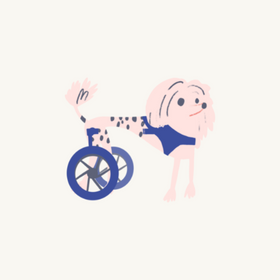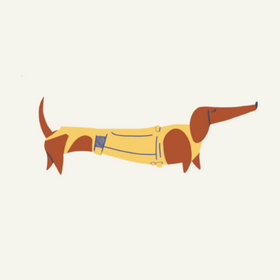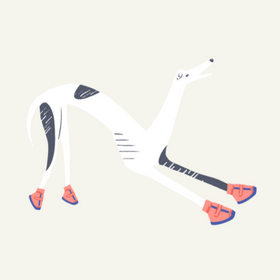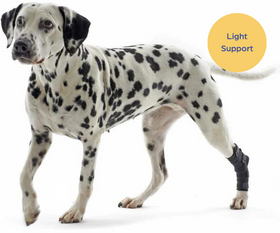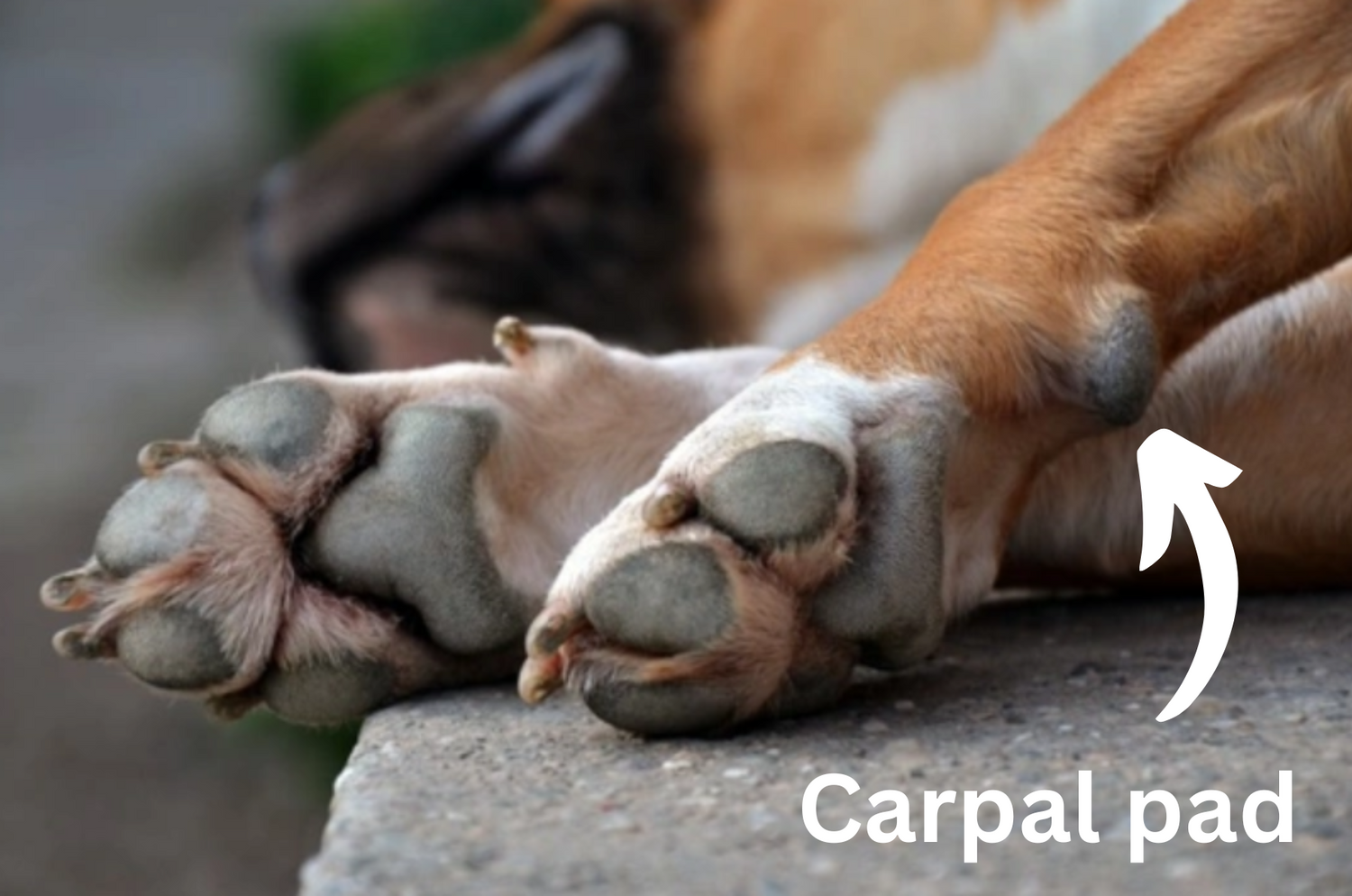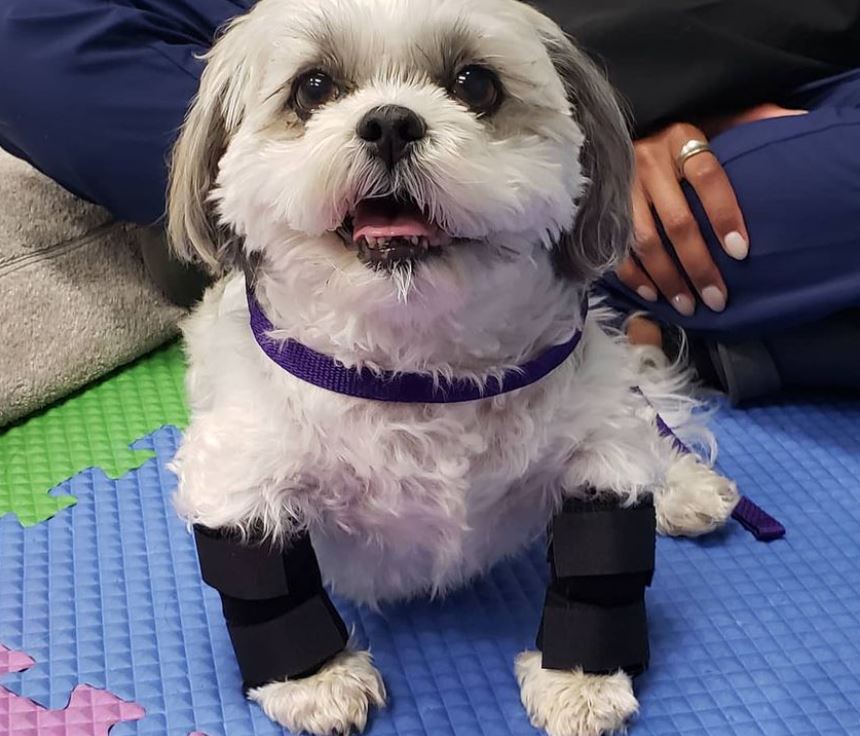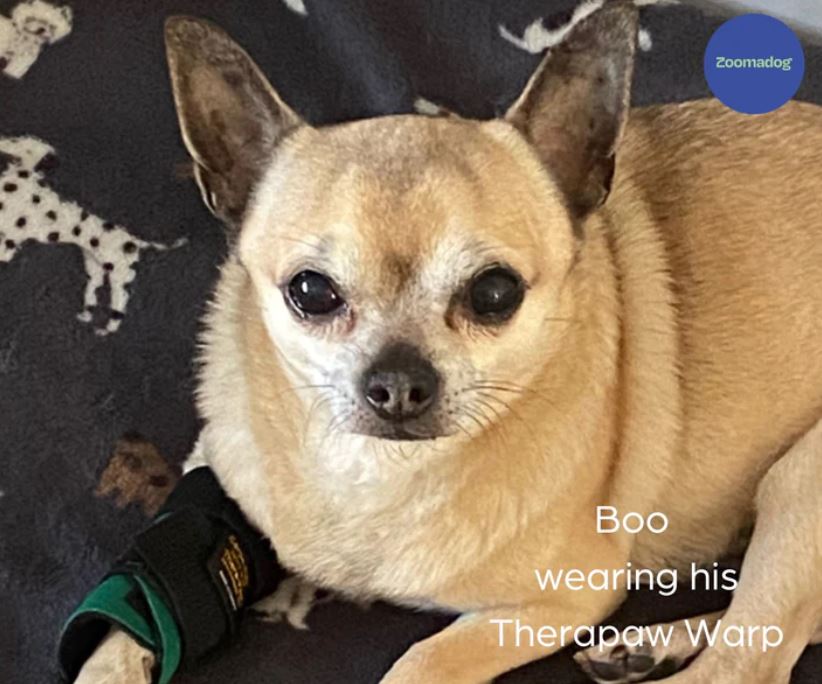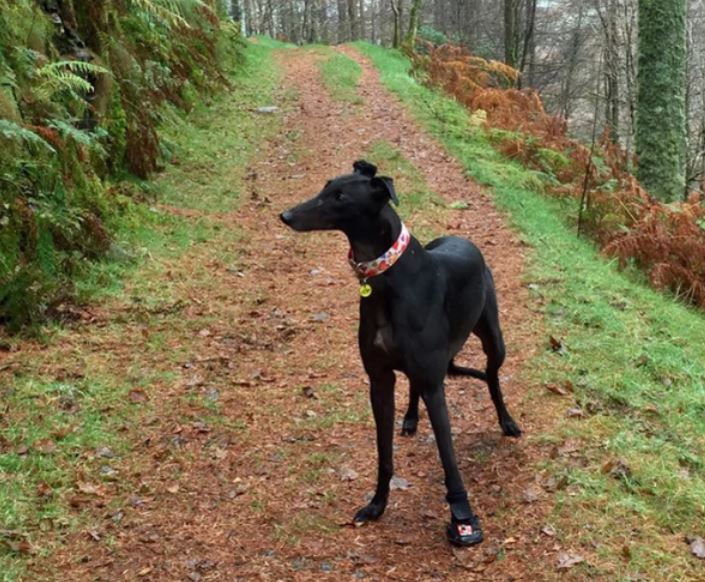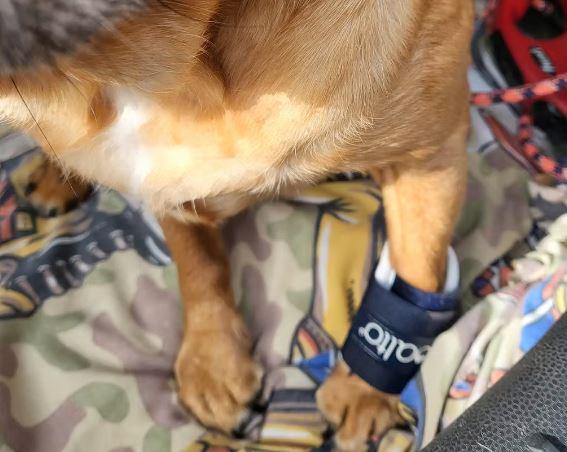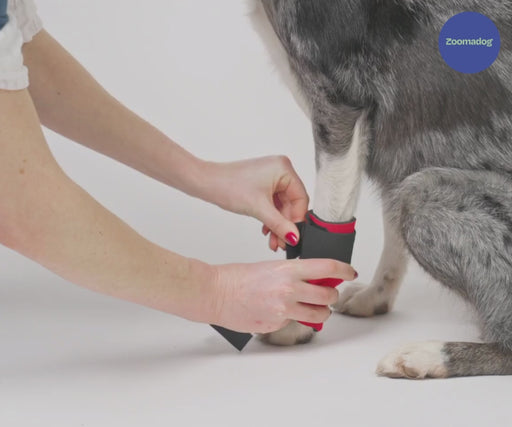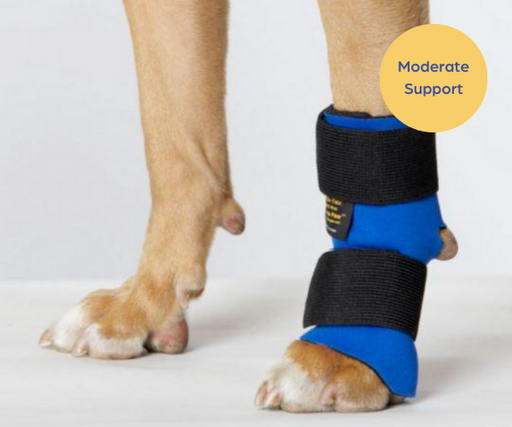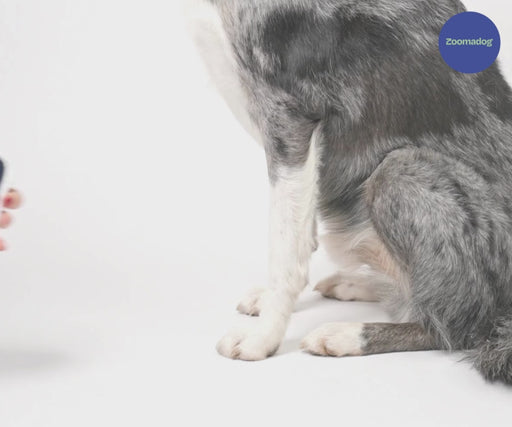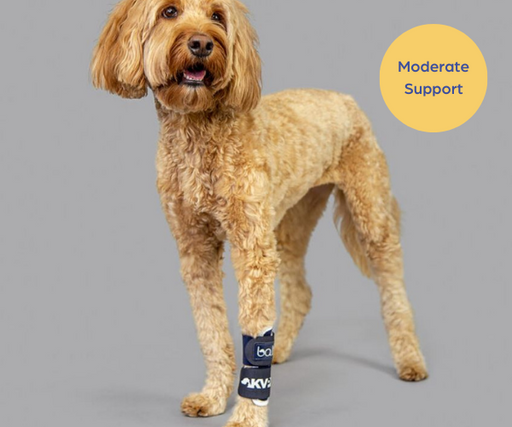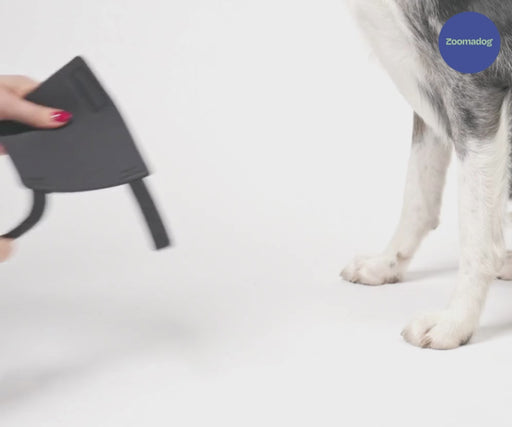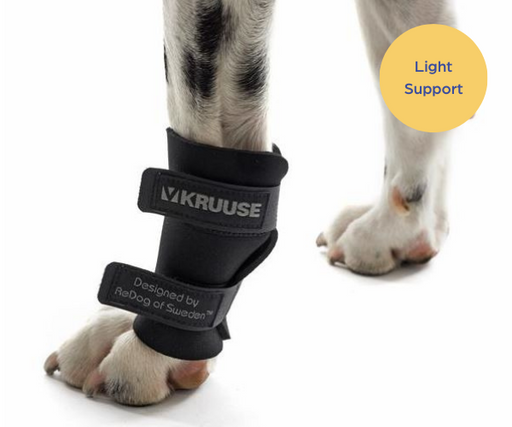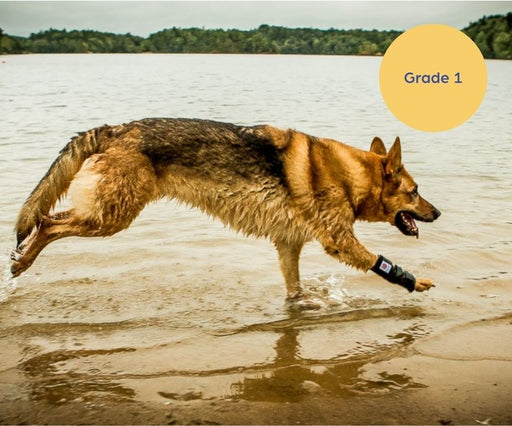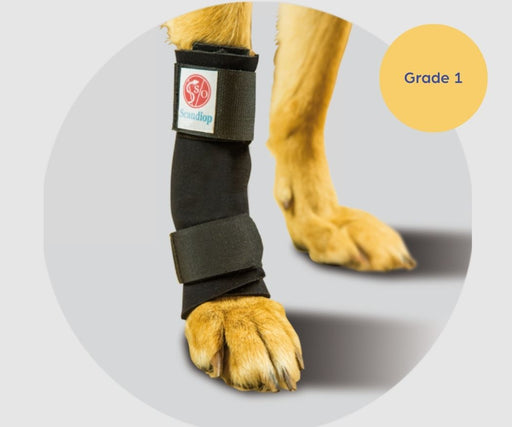The carpal pad is that protruding bump (knuckle) of hard skin that sits just above the dew claw on your dog’s forelegs. They’re located at the carpus (wrist joint). The carpal pads consist of thick, fat, keratinous skin.
This is an often overlooked, but crucial, part of a dog’s paw. Carpal pads provide traction and stability during movement. They adapt to temperature changes. They act as stopper pads (hence why they’re sometimes known as stopper pads) and shock absorbers because they’re flexible and padded. They also help dogs to brake.
Another function of the pads is to help your dog with motor control and balance. They provide extra precision when your dog is moving at speed. They give extra support and grip when your dog’s running or jumping.
A dog carpal pad injury can be quite common. Wounds include cuts, tears, punctures, scrapes, abrasions, or grazes that cause bleeding. In serious cases, there can be strain, or even lacerations, to the carpal muscle and ligaments.
Sometimes, a carpal pad injury can be a symptom of another condition. For example, carpal hyperextension can present as pressure sores or ulcers on the carpal pads. This is because they're rubbing against the ground where the joints collapse. Carpal arthritis/osteoarthritis or carpal arthrodesis surgery can also affect the carpal pad.

